Planning, Architecture and Environmental Systems
About Planning, Architecture and Environmental Systems
Viewing human activities in cities such as architecture as complete systems, the students’ objective is to think about problems and their solutions while using communities, areas, countries, the worldwide environment and facilities and residences around them as their subjects. Students acquire specialized skills and practical capabilities.Research Domain
Ecology, environmental loads, architecture and urban design, views, living environments, civic participation, recycling society, low-carbon society, energy conservation, design, community revitalization, local communities, urban planning, urban redevelopment, property use, sunlight and noise problems, disaster preparedness, community development, environmental policies and planning, historical buildings and structures, CADResearch
Development and implementation of community-based disaster reduction information system
MASUDA Yukihiro
With the rapid increase in high-rise condominium building developments, there are concerns regarding earthquake hazards. Stoppage of lifelines and elevators may result in residents becoming confused and isolated, and it may become difficult to go outside and come back in such cases. In cases where there is no fire or large-scale damage to the building, it is important to achieve conditions suitable for residents to remain in place for a long time and continue to live.
In the event of a disaster, there is concern regarding confusion due to crowding with large-scale movement of people in a city. In the event of a disaster, in many cases it would be better to remain in the building where it is safe. That is, it is necessary to determine the most appropriate course of action according to the actual situation, and not always to evacuate outside in the event of a disaster.
Here, a new information service system to support citizens to continue living in their homes in the event of an earthquake disaster was developed. This system involves collection of the operating state and damage situation of lifelines and facilities, and transmission of information to citizens after a disaster has occurred.
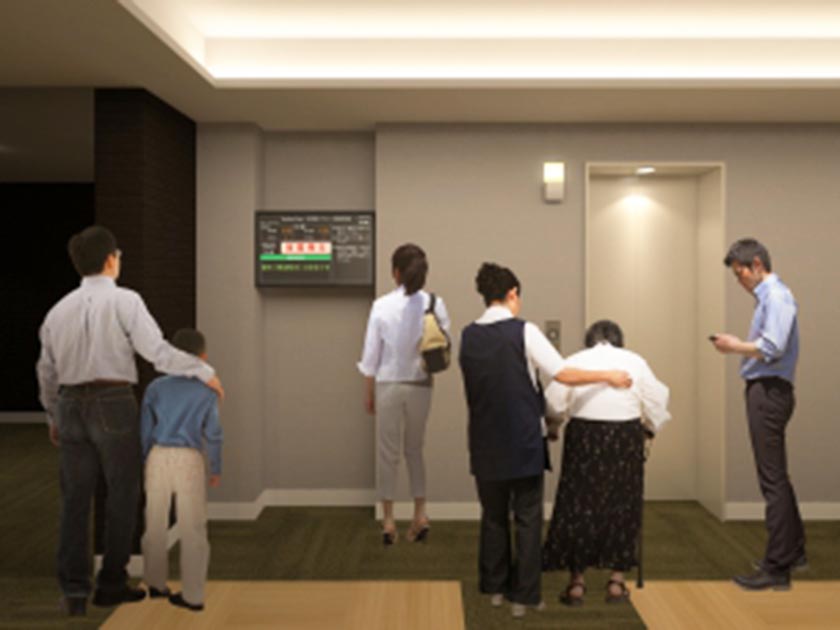
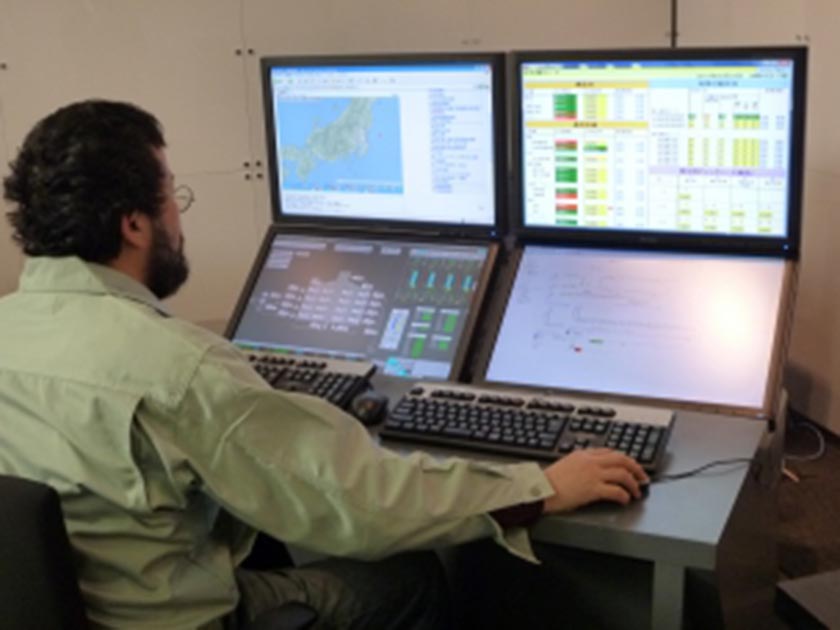
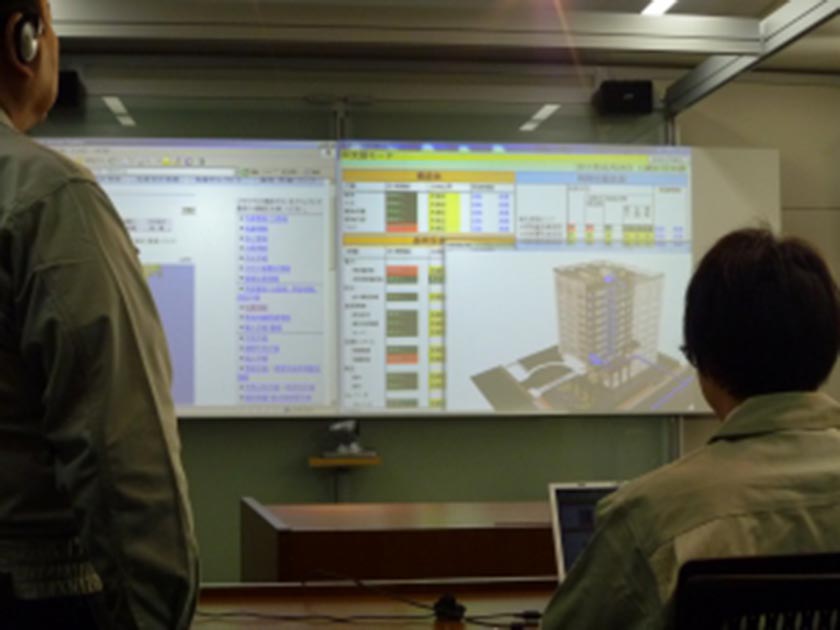
The Laboratory of Planning for Urban and Regional Resilience
NAKAMURA Hitoshi
A lot of communities and cities in Japan and across the Globe are exposed to the risk of disasters, like flood, earthquake, fire, and tsunami. Research projects in the Laboratory of Planning for Urban and Regional Resilience focus on multidisciplinary studies across architectural, environmental, social and urban-engineering fields with an emphasis on how to build a safe, resilient, diverse and vibrant city - rather than disaster-protected but unlivable area. Ongoing main researches and projects are as follows: Land use planning and environmental design for adapting to the global climate change, Study on the flood risk management plan and its related measures. Reevaluations of the seismic resilience of the densely built-up areas using fire spread simulations. Supporting project to assist the community-based environmental improvement activities in the densely built-up areas, Study on community design and social systems for adapting to super-aged society, Supporting project to assist the community-based reconstruction process from the 3.11 earthquake disasters, Development of image training programs for post-disaster urban reconstruction.
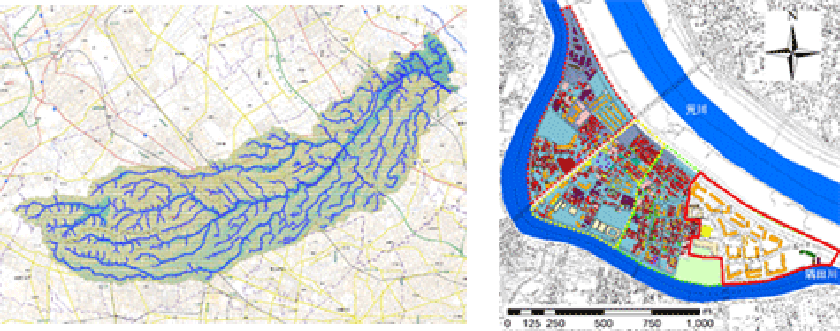 Study on the flood risk management plan and its related measures for adapting to the global climate change
Study on the flood risk management plan and its related measures for adapting to the global climate change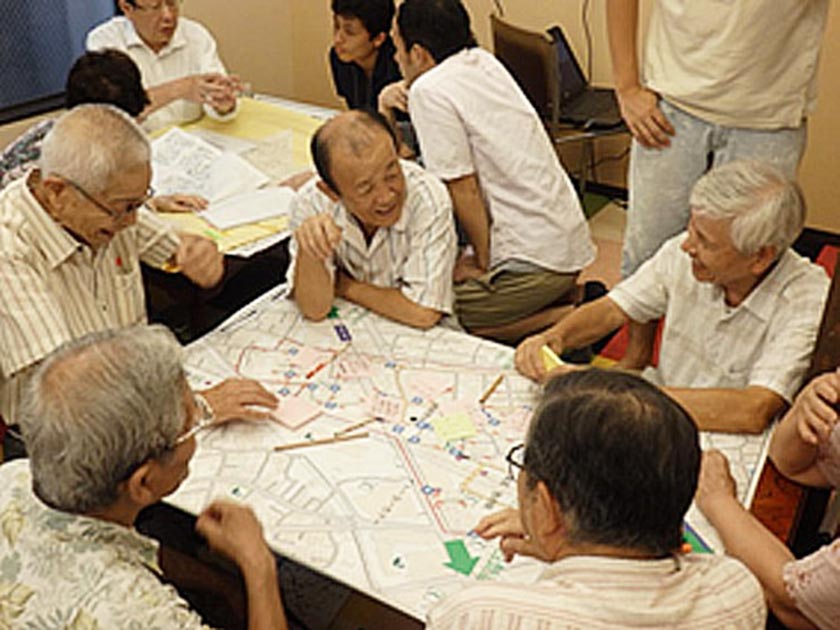 Supporting project to assist the community-based environmental improvement activities in the densely built-up areas.
Supporting project to assist the community-based environmental improvement activities in the densely built-up areas.Laboratories
Objectives in Education and Research
The Department of Planning, Architecture and Environmental Systems is based on a multidisciplinary and cross-sectional study, defined as the primary principles of the College of Systems Engineering and Science. The department is designed to empower individuals with the following skills, and capitalized on fundamental skills gained from the core syllabus of the department and the knowledge and experience derived from specialist modules in ones’ respective area of expertise.
- Having the intention and the skills to independently and proactively solve issues associated with architecture, urban cities, and the environment.
- Skills necessary to scientifically and rationally implement program design and maintenance management programs towards favorable architectures, cities, and the environment.
- Facilitate harmonious communication skills with related people.
- Capitalizing on the aforementioned skills prepares an individual to be innovative, thus leading to desirable architectures, urban cities, and environment.